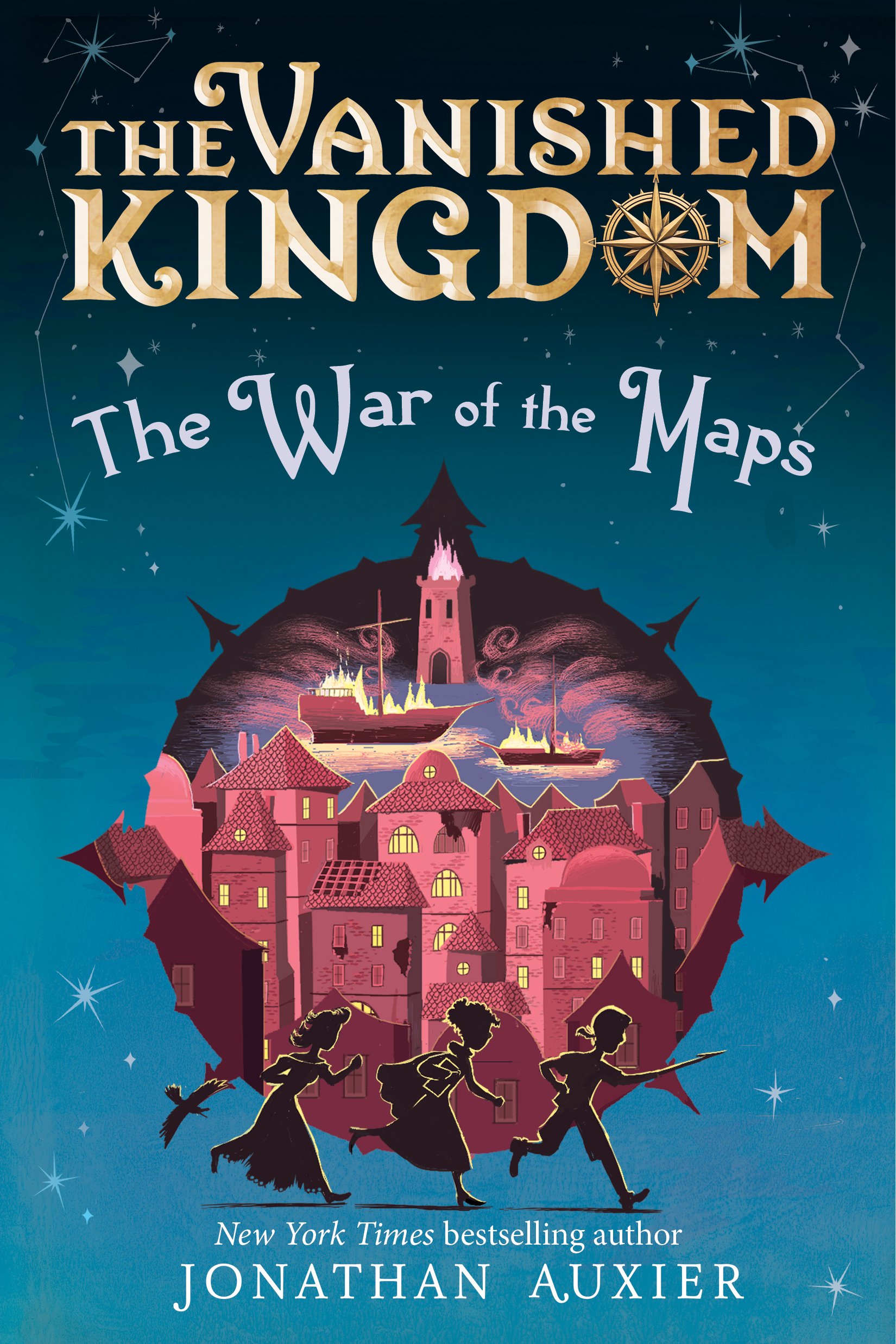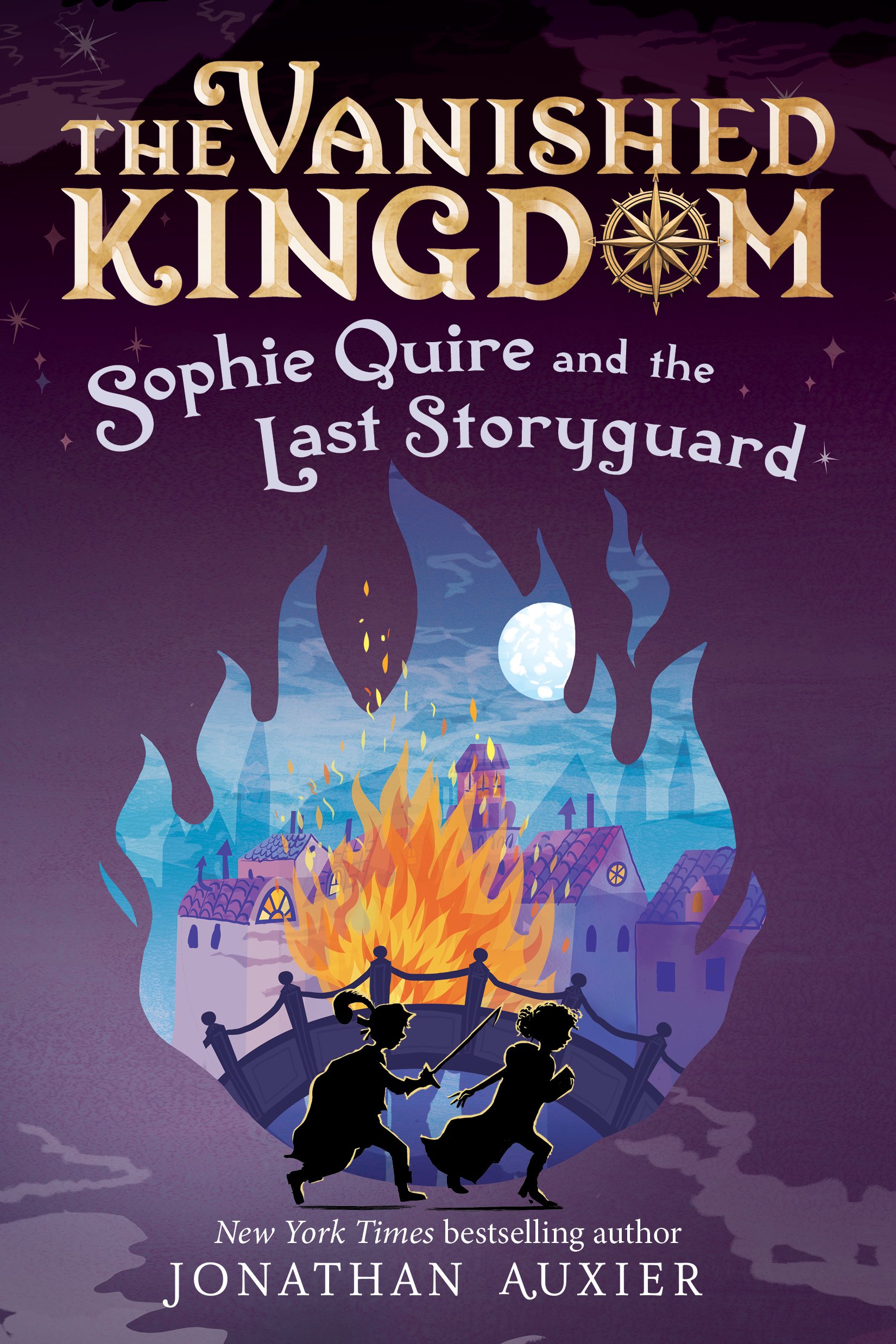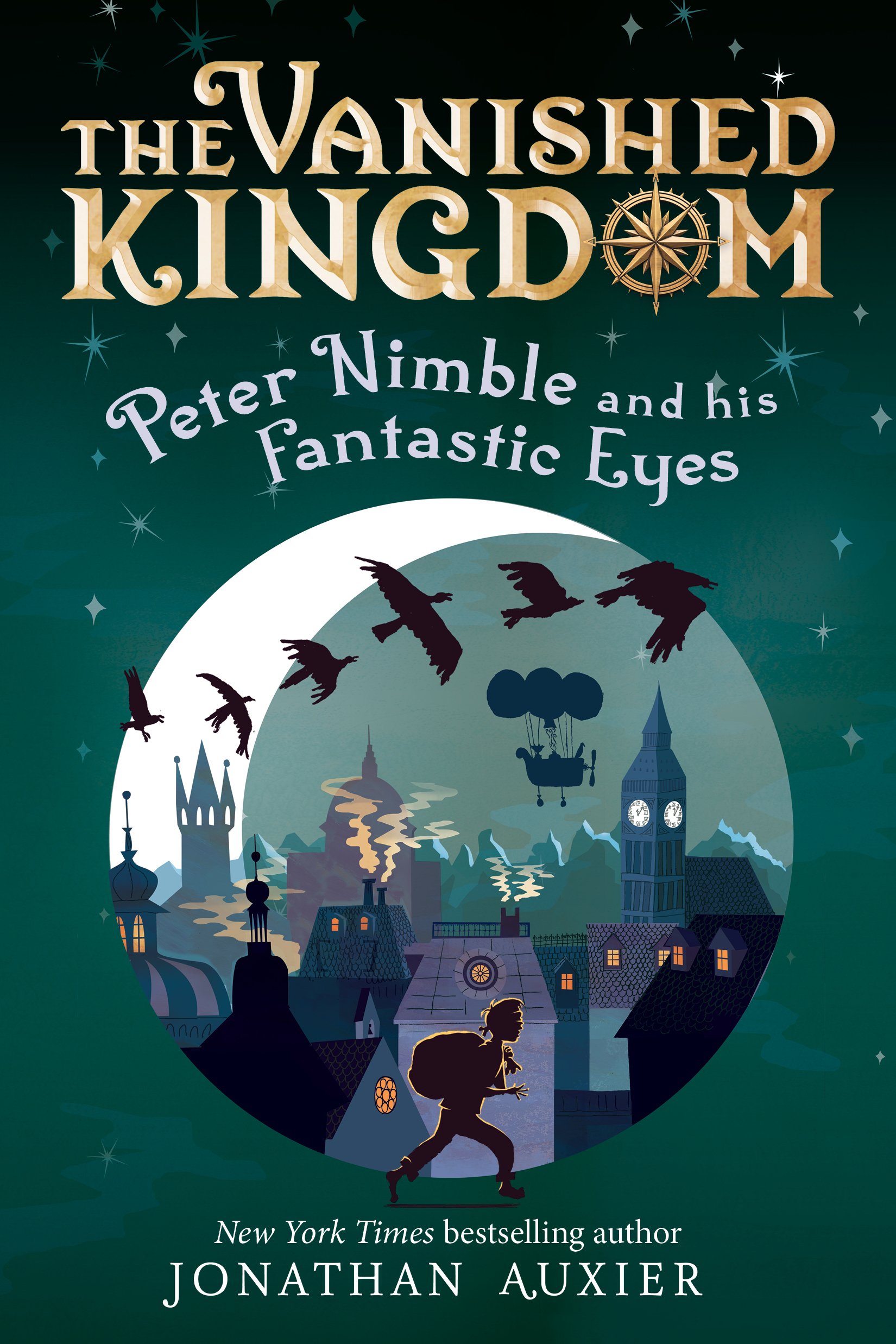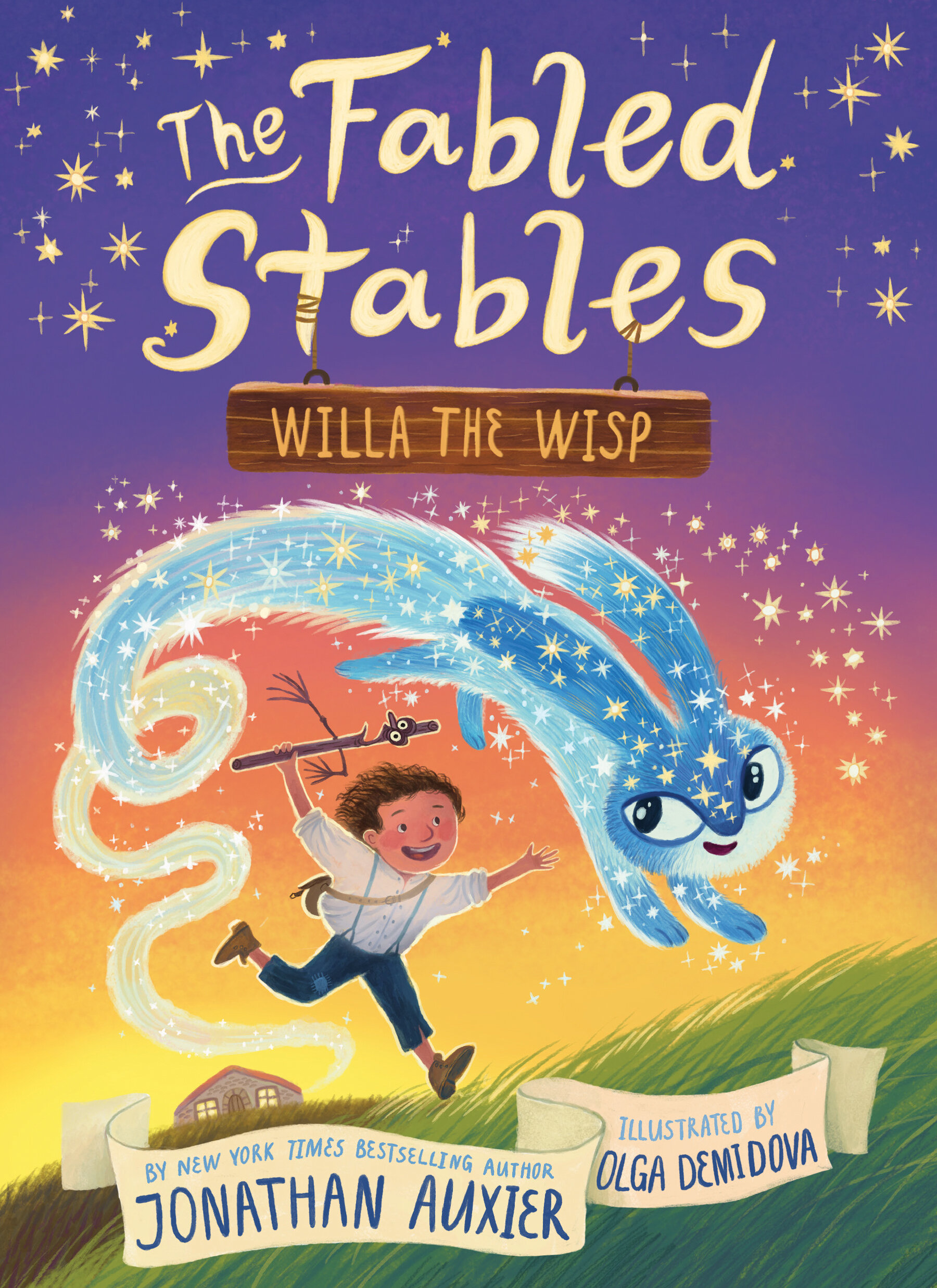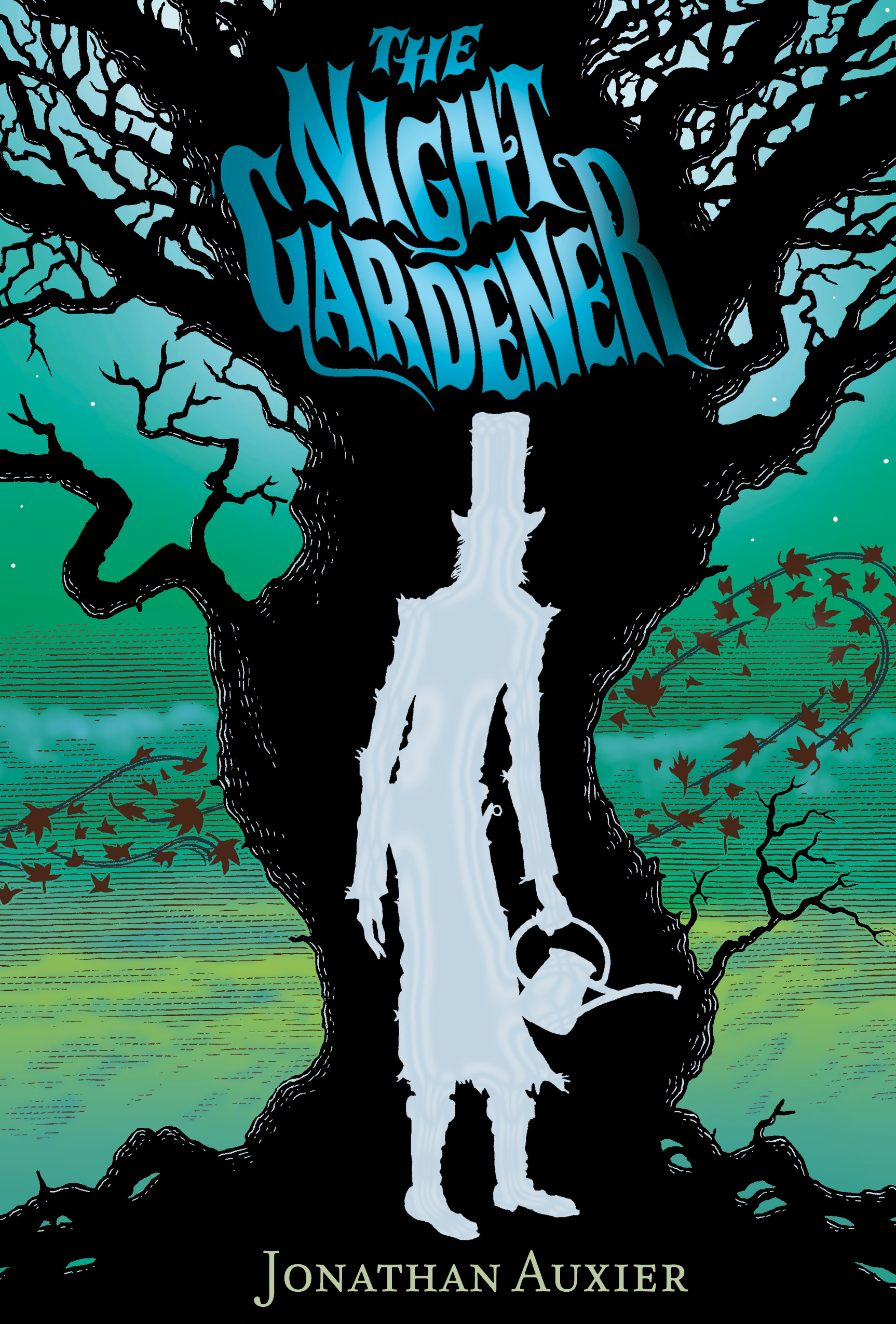Four More Thoughts on Writing Action ...
/I wanted to write a follow-up to my previous post about the importance of specificity in action scenes. Namely, four things:
1. You do not have to be super to be a hero
 Many writers make the mistake of thinking that action sequences are about showcasing a hero's strengths ... but for my money, the drama is found in exposing their weaknesses. A while back, a good friend of mine wrote a NY Magazine piece on this very subject entitled Are Martial Arts Ruining Action? The article traces the origins of the martial arts explosion in Hollywood action movies and laments how every actor now goes through months of training in order to make the wire-Fu look authentic in their cop movie. Why is this bad? Because no matter how well executed and thoughtful the fights may be, no character in a cop movie has any business doing backflips.[1. The Rush Hour franchise, of course, gets a pass on this particular gripe.]
Many writers make the mistake of thinking that action sequences are about showcasing a hero's strengths ... but for my money, the drama is found in exposing their weaknesses. A while back, a good friend of mine wrote a NY Magazine piece on this very subject entitled Are Martial Arts Ruining Action? The article traces the origins of the martial arts explosion in Hollywood action movies and laments how every actor now goes through months of training in order to make the wire-Fu look authentic in their cop movie. Why is this bad? Because no matter how well executed and thoughtful the fights may be, no character in a cop movie has any business doing backflips.[1. The Rush Hour franchise, of course, gets a pass on this particular gripe.]
2. Superhuman action is low-stakes action
 So what about stories where the superpowers are already built into the plot? Shouldn’t the X-Men be able to do backflips? Perhaps, but it’s still important to make the super-punches mean something. If characters can take an unlimited (or even undefined) amount of damage, it’s hard for audiences to care about the outcome. Screenwriter and friend Matt Bird has a great piece about this subject over at his blog, The Cockeyed Caravan. Check it out!
So what about stories where the superpowers are already built into the plot? Shouldn’t the X-Men be able to do backflips? Perhaps, but it’s still important to make the super-punches mean something. If characters can take an unlimited (or even undefined) amount of damage, it’s hard for audiences to care about the outcome. Screenwriter and friend Matt Bird has a great piece about this subject over at his blog, The Cockeyed Caravan. Check it out!
3. Above all, action should make sense
 Last week, movie critic Jim Emerson launched a great series examining how action sequences can go wrong simply by ignoring the 101 of filmmaking. His first example? The Dark Knight Returns. Emerson goes shot-by-shot through an epic car chase, revealing how careless editing can lead to a needlessly disorienting experience. This reinforces my longstanding belief that James Cameron is the greatest living director of chases for the simple fact that he makes sure that at all times the audience knows the following three things:
Last week, movie critic Jim Emerson launched a great series examining how action sequences can go wrong simply by ignoring the 101 of filmmaking. His first example? The Dark Knight Returns. Emerson goes shot-by-shot through an epic car chase, revealing how careless editing can lead to a needlessly disorienting experience. This reinforces my longstanding belief that James Cameron is the greatest living director of chases for the simple fact that he makes sure that at all times the audience knows the following three things:
1) where the good guys are
2) where the bad guys are
3) where the exits are
Don't believe me? I invite you to watch for yourself.
4. Sometimes no action is the action
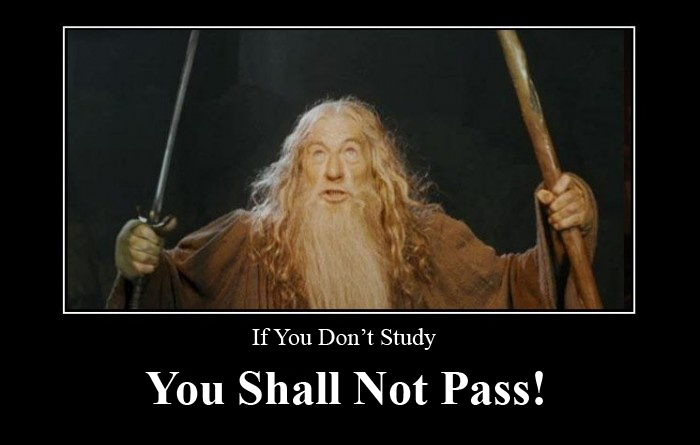 While I generally think it's bad for writers to summarize action scenes, there are some stories that deliberately do so because its essential to their overall message. A good example of this is Tolkien. Despite having written an epic trilogy about the battle between good and evil, Tolkien keeps his action scenes infuriatingly short -- usually under a page. Roger Ebert observed as much when he reviewed The Fellowship of the Ring, in which he points out that the central action set piece of the movie (the fight with the Balrog) takes up less than 500 words in the original book. So was Tolkien being lazy with his action writing? I’d say in this case, sidestepping the action was the action -- the author was signaling to readers that the meaningful events of this particular story were found in the journey itself, not the skirmishes.
While I generally think it's bad for writers to summarize action scenes, there are some stories that deliberately do so because its essential to their overall message. A good example of this is Tolkien. Despite having written an epic trilogy about the battle between good and evil, Tolkien keeps his action scenes infuriatingly short -- usually under a page. Roger Ebert observed as much when he reviewed The Fellowship of the Ring, in which he points out that the central action set piece of the movie (the fight with the Balrog) takes up less than 500 words in the original book. So was Tolkien being lazy with his action writing? I’d say in this case, sidestepping the action was the action -- the author was signaling to readers that the meaningful events of this particular story were found in the journey itself, not the skirmishes.


